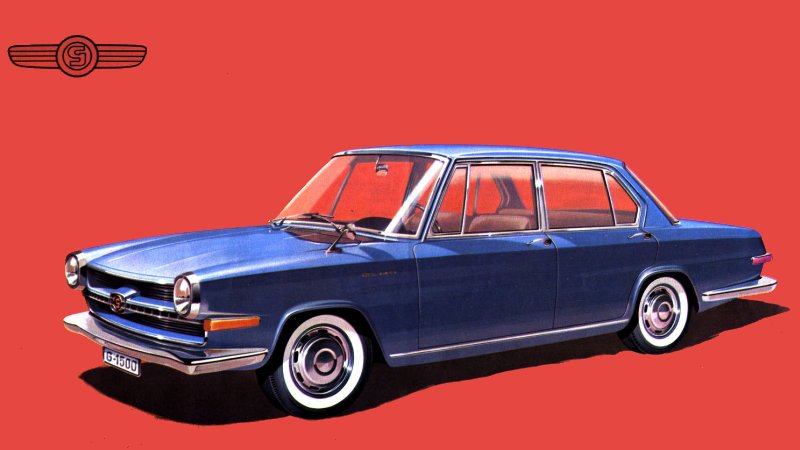Description
The Glas 1500 was introduced in 1963 as part of Hans Glas GmbH’s move into the mid-size family car market, marking another step away from the company’s microcar roots. Positioned above the smaller 1004 and 1304 series, the 1500 was designed to compete with established rivals such as the Opel Rekord, Ford Taunus, and BMW’s Neue Klasse. With more space, a larger engine, and a more refined design, it represented Glas’s ambition to become a full-scale car manufacturer capable of challenging the giants of the German industry.
The styling of the Glas 1500 was conservative but modern for the early 1960s. Its clean, angular lines and upright proportions gave it a solid, contemporary look, and it was offered in both two- and four-door saloon forms, as well as an estate version. The front end was characterized by a simple horizontal grille with round headlamps, while restrained use of chrome provided just enough elegance without looking ostentatious. Though understated, the design was carefully proportioned, giving the car a sense of seriousness and maturity that reflected its role as a proper family sedan rather than a niche or quirky offering.
Inside, the 1500 provided a more spacious and comfortable cabin than the smaller Glas models. It could accommodate four to five passengers with reasonable ease, and the materials were of higher quality, with better upholstery and trim than the company’s earlier cars. The dashboard was functional and straightforward, with a full set of gauges and simple switchgear, reflecting Glas’s focus on practicality and reliability. Though it lacked the luxury of higher-end German saloons, the 1500 was aimed at middle-class buyers who wanted solid, affordable transportation with a touch of refinement.
Under the bonnet, the Glas 1500 was powered by a 1,493 cc four-cylinder engine with an overhead camshaft, continuing the company’s commitment to advanced engineering. Producing around 70 horsepower, it offered respectable performance for its class, with a top speed of about 150 km/h (93 mph). Power was delivered through a four-speed manual gearbox, and while acceleration was not brisk, the engine’s smoothness and efficiency made the car well-suited to everyday driving. The overhead cam design gave the 1500 an advantage in refinement and durability compared to some of its pushrod-equipped rivals.
On the road, the 1500 handled predictably and comfortably. It was not a sporty car, but its light weight, well-balanced chassis, and efficient engine made it pleasant to drive, especially on longer journeys. Fuel economy was good for a mid-size sedan, making it attractive to families conscious of running costs in an era when economy was still a deciding factor for many buyers.
The Glas 1500 was later developed into more powerful versions, including the Glas 1700 and the twin-carburettor 1700 TS, which pushed the brand further upmarket. However, despite its engineering merit, the 1500 struggled to gain significant traction in a market dominated by larger manufacturers with broader dealer networks and stronger reputations.
Today, the Glas 1500 is a rare classic, appreciated for its role in showing Glas’s determination to expand into larger car segments. It is remembered as a technically advanced, well-engineered sedan that laid the foundation for the company’s later models before BMW’s takeover in 1967. Collectors value it for its rarity and for the pioneering OHC technology that gave even Glas’s mid-size cars a touch of engineering distinction.
